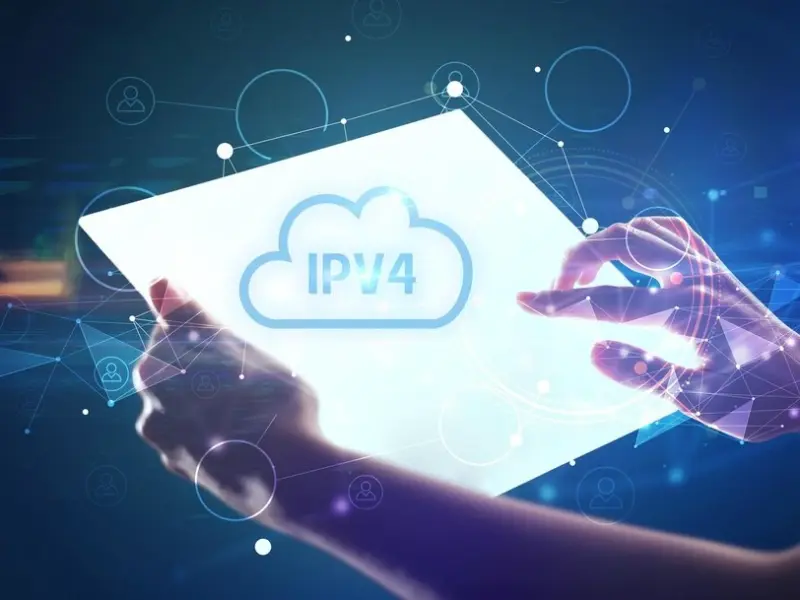- The finite nature of IPv4’s 32-bit addressing system limits the total number of available addresses to approximately 4.3 billion.
- The original classification of IPv4 addresses into five classes resulted in inefficient allocation, with large portions of address blocks often remaining unused.
- The proliferation of smartphones, IoT devices, and other connected gadgets has led to a surge in demand for IP addresses, placing immense pressure on the already limited IPv4 address space.
The Persistent Scarcity of IPv4 Addresses
In the shortage of IPv4 addresses has become one of the longest problems in the history of internet. What once appeared to be an abundant resource in the 1980s and 1990s has gradually become scarce, as billions of devices now compete for a pool of addresses that is fixed by design. The issue is not new, yet its impact is growing. The telecom operators, cloud service providers, and enterprises are faced both technical and economic consequences of this scarcity, which also shapes policy debates around internet governance.
Finite Address Space
At the core of the shortage lies the design of the IPv4 protocol. Using a 32-bit address space, IPv4 can represent roughly 4.3 billion unique numbers. At the time of its creation which seemed more than adequate. Early network engineers could hardly imagine billions of users, let alone billions of connected devices ranging from household appliances to industrial sensors.
Yet the modern internet has surpassed those expectations. By the late 2000s, regional registries had already warned that exhaustion was approaching. The growth of smartphones, mobile broadband, and always-connected computers consumed vast blocks of addresses. Today, with the rise of IoT deployments, even the idea of billions of addresses feels outdated. Each connected car, each environmental sensor, each medical wearable requires its own identifier. The limited size of IPv4 cannot stretch to meet this demand.
Classful Addressing and Early Inefficiencies
Another historical factor is the classful addressing system used in the early years of the internet. IPv4 addresses were divided into rigid classes — A, B, C, D, and E — with fixed ranges. Large institutions such as universities or corporations were often granted entire Class A or Class B blocks, each capable of holding millions of addresses. In practice, only a fraction of these were used.
This rigid design created severe inefficiencies. Vast quantities of numbers sat idle, locked inside oversized allocations that could not easily be broken up or reassigned. Later, classless inter-domain routing (CIDR) was introduced to reduce waste by allowing flexible allocation, but by then, a large share of the address space was already fragmented and locked in legacy assignments.
The Explosion of Connected Devices
While structural inefficiencies mattered, the most decisive factor has been the sheer growth in demand. The internet of the 1990s was primarily for the desktop computers and institutional networks. By the 2010s, smartphones has ubiquitous, followed closely by tablets, smart TVs, and consumer electronics. Now, entire industrial sectors depend on sensor networks, from agriculture to logistics.
Every device, whether it is a shipping tracker or a household thermostat, requires an address to communicate. This exponential increase in endpoints has driven exhaustion far more quickly than early planners expected. The shortage is not a theoretical risk but a lived reality. Markets now exist where companies trade, lease, or even hoard IPv4 addresses as valuable assets.
Also read: IPv4.Global wins Gold Merit Award for Telecom Business Services
Address Wastage and Market Distortions
Address wastage has magnified the scarcity. In many cases, organisations that obtained large blocks decades ago still control them, even if they use only a tiny portion. Because addresses are now treated as property with economic value, holders have little incentive to release them. Some companies deliberately stockpile addresses, expecting prices to rise further as demand continues.
This behaviour creates distortions in the secondary market. Smaller firms and new entrants face rising costs, while legacy holders benefit from windfalls. The uneven distribution also makes global allocation less efficient. Address wastage thus remains both a technical and an economic problem, as it limits the effectiveness of recycling initiatives.
Also read: What is a public IP address?

